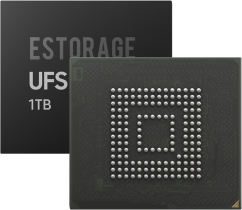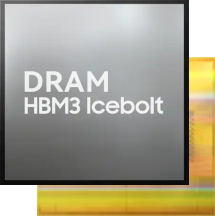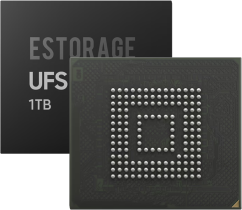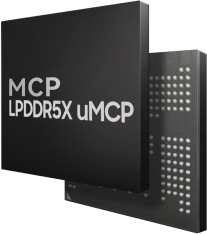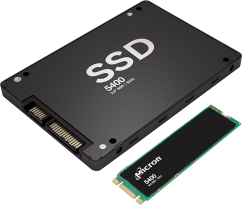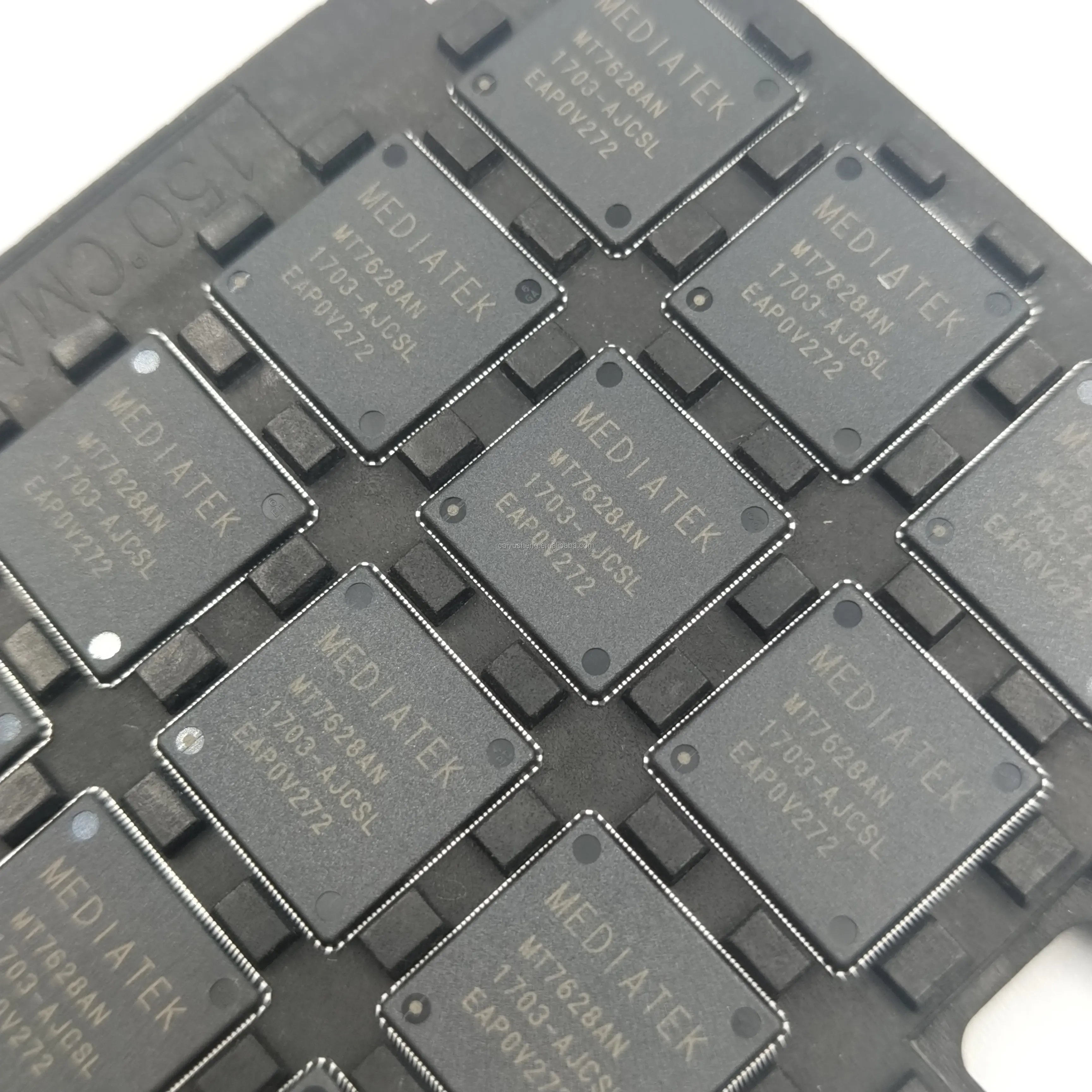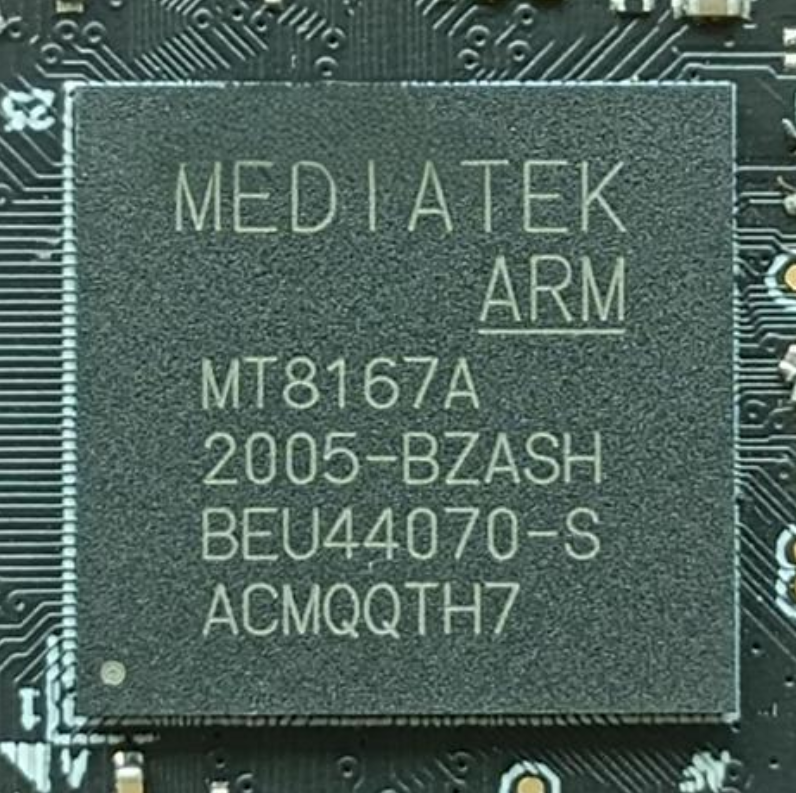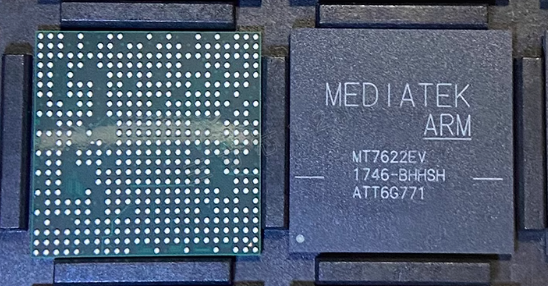Product Description
The MediaTek MT7628AN/A is a versatile, cost-effective System on Chip (SoC) designed for low-power networking applications. With its single-core MIPS 24Kc processor, the MT7628AN/A is tailored for embedded systems like home routers, gateways, and IoT devices, where power efficiency and cost-effectiveness are paramount. Despite being a single-core solution, the processor runs at a clock speed of up to 580 MHz, which provides sufficient computational power for common tasks such as data forwarding, NAT (Network Address Translation), and routing without excessive energy consumption.
A major highlight of the MT7628AN/A is its dual-band Wi-Fi capabilities. Supporting the 802.11ac standard, the chip provides fast wireless connectivity, allowing it to deliver up to 867 Mbps on the 5 GHz band and 300 Mbps on the 2.4 GHz band. This combination of dual-band support with high throughput makes the MT7628AN/A a good fit for home routers, small office gateways, and Wi-Fi extenders, where simultaneous multi-device connectivity and minimal interference are key. Moreover, the inclusion of MU-MIMO (Multi-User, Multiple-Input, Multiple-Output) technology ensures better performance in environments with several connected devices by improving throughput efficiency.
The MT7628AN/A is designed with networking professionals in mind, offering dual Gigabit Ethernet ports for wired networking. These Gigabit Ethernet interfaces provide high-speed connections for devices like computers, game consoles, or smart TVs, ensuring that users get the best possible performance both over Wi-Fi and wired networks. Its flexible LAN/WAN configuration options allow the chip to be used in different networking roles, from consumer routers to gateways, making it a scalable solution for a range of home and small-office networking equipment.
In terms of memory and storage, the MT7628AN/A supports up to 128 MB of DDR2 or DDR3 RAM, providing enough capacity for basic networking operations and light application hosting. It also includes support for NAND flash memory, which is typically used for storing system firmware and other software applications. This ensures that the chip can run complex networking features, firmware updates, and security protocols efficiently without running into memory limitations.
Connectivity options extend beyond Wi-Fi and Ethernet. The chip features a USB 2.0 host port, enabling users to connect external devices like storage drives or printers. It also supports SPI and I2C interfaces, which are essential for IoT applications, allowing the integration of external sensors, displays, and other devices.
One of the strongest aspects of the MT7628AN/A is its security features. The chip supports secure boot, which ensures that only trusted firmware is loaded onto the device, protecting it from malicious code at startup. It also includes hardware encryption for secure data transmission, which is particularly important for devices operating in network security environments. Additionally, the MT7628AN/A supports various VPN protocols, including IPSec, PPTP, and L2TP, enabling secure remote connections and data tunneling for privacy-conscious users.
The MT7628AN/A is designed to be power-efficient, making it a good choice for always-on devices. Its low power consumption and sleep modes allow for continuous operation without excessive heat generation or energy waste, which is crucial in energy-sensitive applications like home routers, IoT hubs, and repeaters. This energy efficiency is complemented by a wide operating temperature range of -40°C to +85°C, allowing it to function reliably in various environments, from indoor settings to outdoor or industrial applications.
Overall, the MediaTek MT7628AN/A is a powerful, energy-efficient, and cost-effective solution for embedded networking and IoT devices. Its blend of networking features, including dual-band Wi-Fi, Gigabit Ethernet, and USB connectivity, combined with robust security and low power consumption, makes it an ideal choice for manufacturers looking to create reliable and high-performance devices for the consumer and small-office markets.
Specification
Processor:
Core Architecture: MIPS 24Kc single-core processor, operating at up to 580 MHz.
Instruction Set: MIPS64 instruction set with support for 32-bit applications, suitable for lower-power but moderate-performance tasks.
Cache: 16 KB L1 cache and 128 KB L2 cache, enhancing performance by reducing the latency for frequently accessed data.
Networking Features:
Wi-Fi:
Dual-band 802.11ac Wi-Fi, supporting both 2.4 GHz and 5 GHz bands, delivering up to 300 Mbps on the 2.4 GHz band and 867 Mbps on the 5 GHz band, depending on the configuration.
MU-MIMO: Supports Multi-User, Multiple-Input, Multiple-Output (MU-MIMO) technology to allow simultaneous communication with multiple devices, improving efficiency in crowded networks.
WPA3 Support: Advanced security protocols, including WPA3 encryption, for better protection of wireless communications.
Ethernet:
Dual Gigabit Ethernet ports (10/100/1000 Mbps) for high-speed wired networking, ensuring seamless data transfer for applications like broadband routers, gateways, and access points.
Integrated LAN and WAN Ports: Configurable for various network roles, offering flexibility for different router or gateway designs.
Memory:
RAM: Supports up to 128 MB of DDR2/DDR3 RAM, offering sufficient memory for handling networking tasks and light application processing.
Flash Storage: Supports NAND flash memory for system and application storage, typically up to 128 MB, allowing for firmware and software storage.
USB and Peripheral Connectivity:
USB Ports: Includes one USB 2.0 host port for connecting external devices such as storage devices, printers, or other peripherals.
SPI, I2C: Supports external peripherals via Serial Peripheral Interface (SPI) and I2C interfaces, ideal for IoT sensors, displays, and other embedded applications.
Security:
Security Features: The chip includes built-in security mechanisms such as secure boot, hardware encryption, and VPN capabilities (IPSec, PPTP, L2TP) to ensure the security of data transmitted over the network.
WPA/WPA2 and WPA3: Supports advanced wireless security protocols to secure Wi-Fi networks against unauthorized access and attacks.
Power Management:
Power Consumption: Designed for low power consumption, ideal for continuous 24/7 operation in consumer devices like home routers, repeaters, and IoT hubs.
Low Power Sleep Modes: Includes power-saving modes for energy-efficient operation, critical for battery-powered devices or always-on appliances.
Physical Package:
Package Type: Available in a compact QFN-76 package, suitable for integration into small and medium-sized consumer networking products.
Temperature Range: Operates within a temperature range of -40°C to +85°C, suitable for use in both indoor and outdoor environments.

